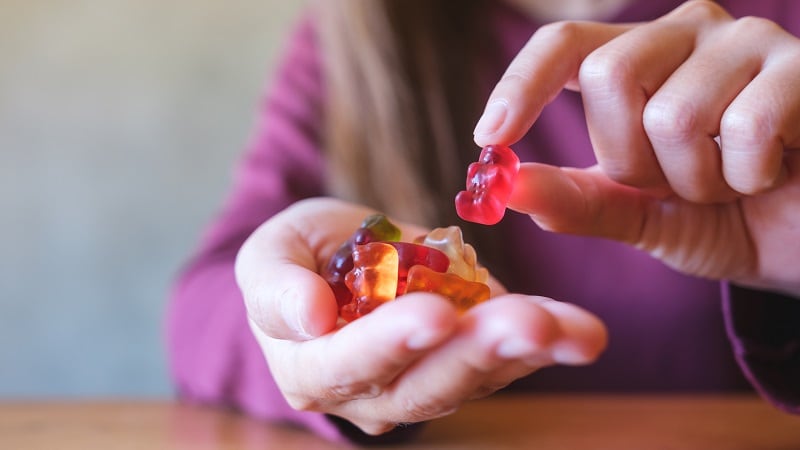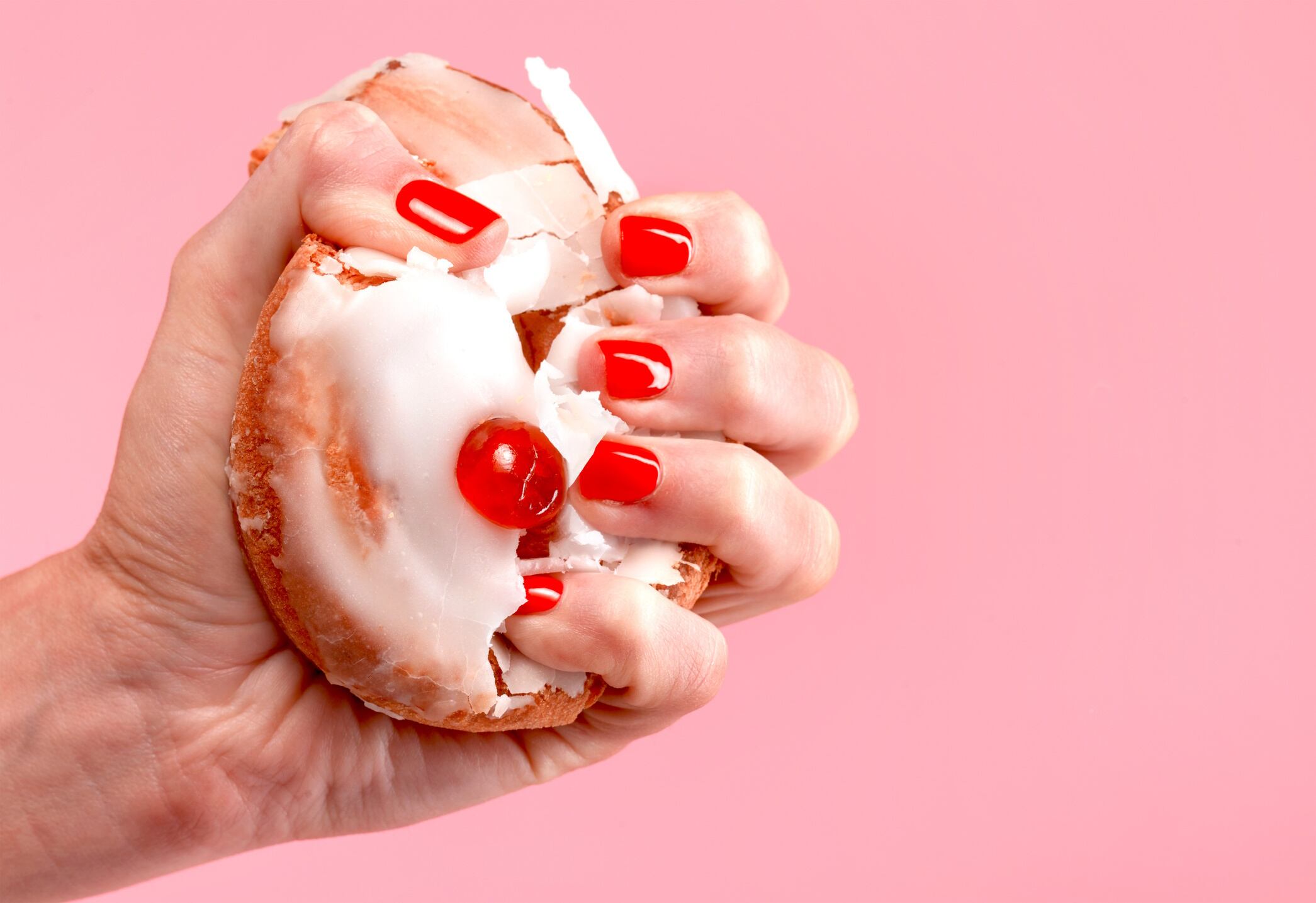VC-backed Israel food tech company Phytolon achieved a production milestone as part of its ongoing Ginkgo Bioworks partnership by increasing yields of its fermented colors threefold.
Founded in 2018, Phytolon produces “purple, red, pink, orange and yellow shades and everything in between” through biosynthesis, creating natural food dyes for snacks, confections, baked goods and dairy applications, Halim Jubran, co-founder and CEO of Phytolon, explained.
Phytolon leveraged Ginkgo’s AI models and high-throughput screening platform to develop baker’s yeast strains with higher production yields, Halim Jubran, co-founder and CEO of Phytolon, explained.
Ginkgo received an increased equity stake in Phytolon as part of this product development milestone, which started in 2022.
“What Ginkgo managed to do for Phytolon is increase the production capacity in the last year by three folds and total by about 20-fold since the start of the program,” Jubran said.
FDA food dye push brands to reformulation
Phytolon is anticipating a rush in demand for its fermentation-derived food dye, following the FDA and HHS’s decision last week to remove popular petroleum-based synthetic dyes from the food system by the end of 2026, including Blue 1 and 2, Green 3, Red 40 and Yellow 5 and 6.
The agencies say they are working in concert with the food and beverage industry to remove these ingredients, instead of creating new regulation.
The FDA and HHS hinted that four new food additives will be approved within the coming weeks. Currently, Phytolon’s Beetroot Red and Prickly Pear Yellow colors are under FDA review as the company seeks regulatory approval in other countries.
CPG companies, like PepsiCo, are actively removing synthetic food dyes from their product, but the demand for natural food dyes might outpace the supply, creating an opportunity for food tech to fill the gap and diversify the supply chain, Jubran explained.
“There is not enough beets or prickly pear on Earth” to meet the demand for natural food colors, he noted.
“When compared with agriculture, we can produce amounts that plants and agriculture require seasons to produce within weeks or months, days or weeks. So, this actually solves a big supply chain problem,” he added.
Demand for natural colors grows across the globe
US food and beverage manufacturers are not the only companies searching for natural food dyes, as global companies are responding to clean label and natural trends, Jubran explained. Europe is ahead of the US in the prevalence of natural food dyes but are demanding more, he added.
The natural food color market was worth $1.86 billion in 2023 and is expected to reach $2.61 billion by 2028, according to Statista data.



